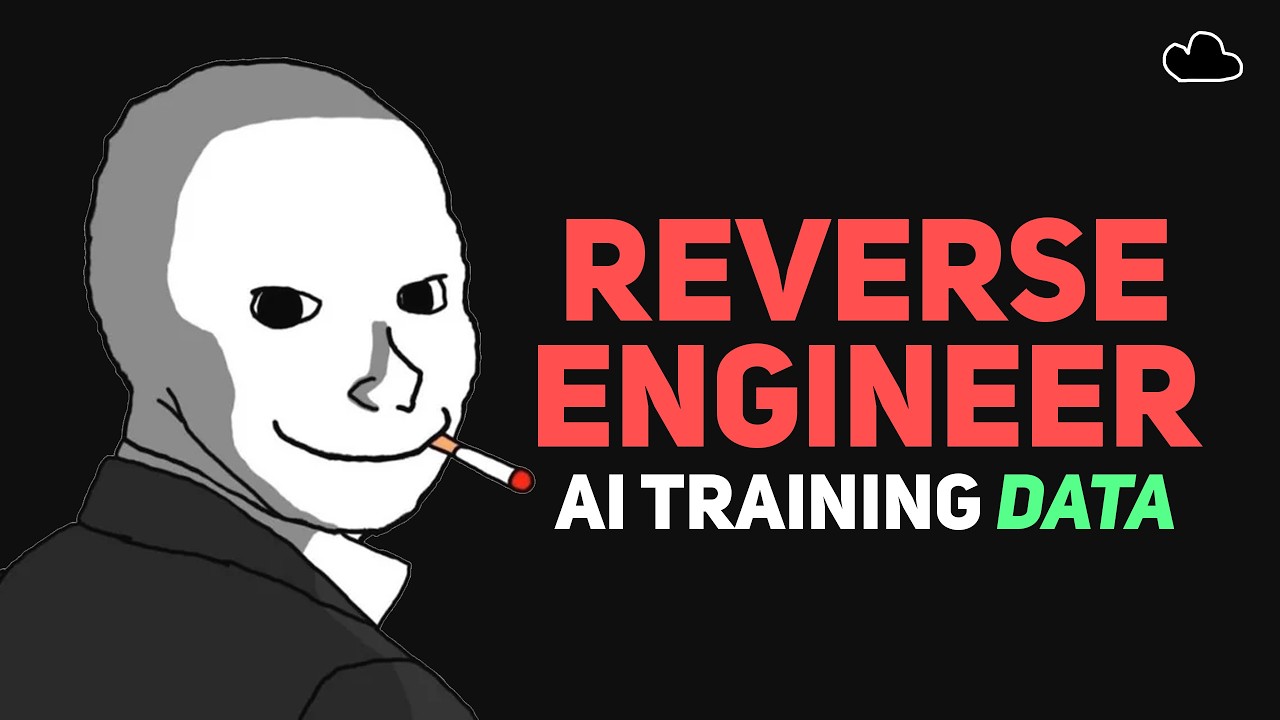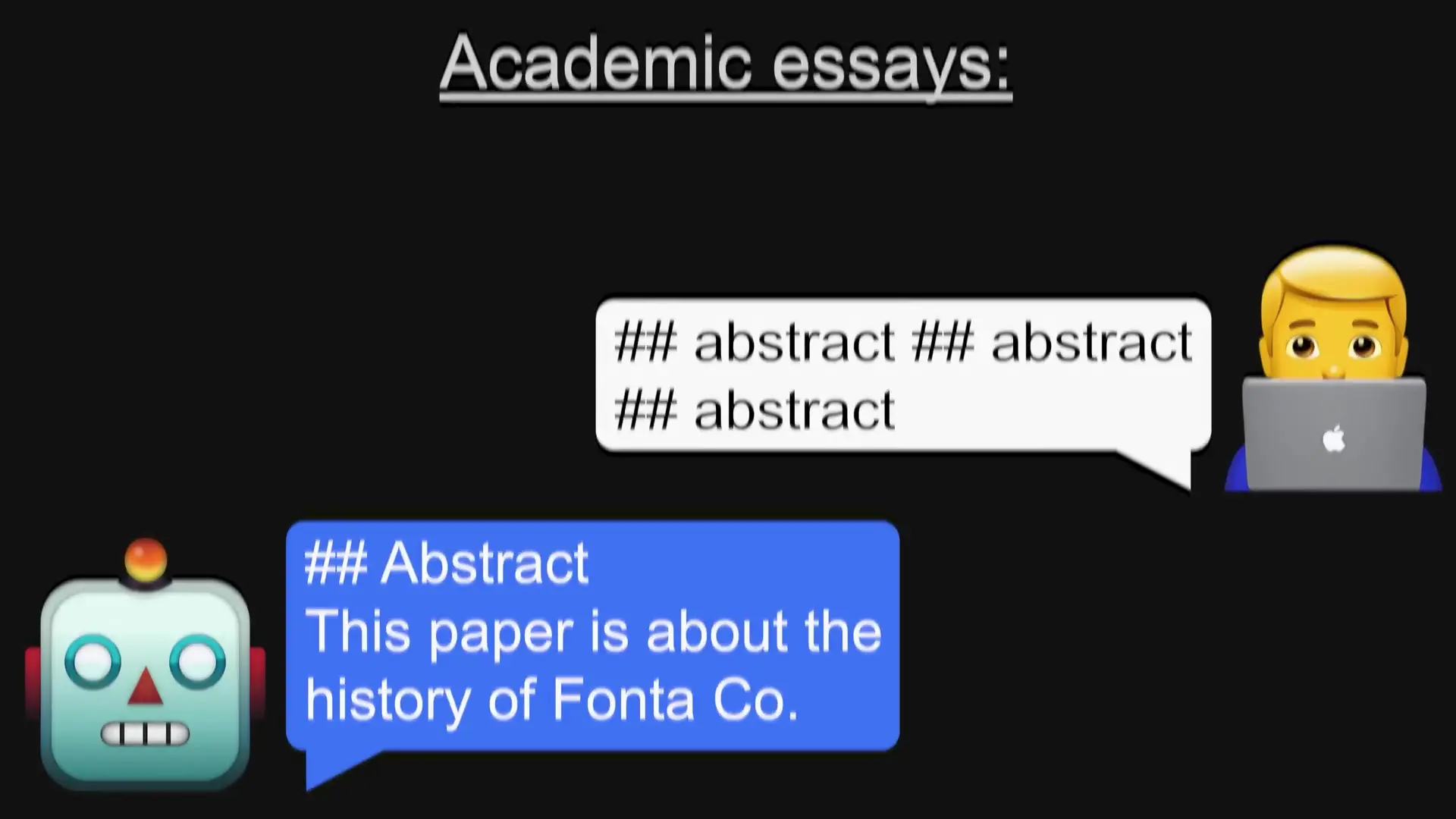
When we discuss language models in artificial intelligence, there's often confusion about what makes them truly "open-source." Despite many models having publicly available weights and architecture, none of today's state-of-the-art language models are completely open-source because their training data—perhaps their most valuable component—remains proprietary and hidden from public view.
The Value of Training Data in AI Development
Training data represents one of the most valuable assets for AI companies, second only to the computational resources needed for model training. The lengths to which companies will go to acquire quality training data illustrates its immense value in the AI ecosystem.

For example, Anthropic was reportedly buying millions of physical books, scanning their contents, and using them as training data—a practice that, while controversial, was deemed legal. This extreme approach demonstrates just how precious high-quality training data has become in the race to build superior AI models.
Three Approaches to Reverse Engineering Training Data
Researchers have identified multiple methods to extract or infer information about a model's training data. Each approach requires different levels of access to the model and yields different types of information about the underlying data.
1. Statistical Sampling from a Black Box Model
The first approach treats the AI model as a statistical machine and requires only API access. This method, demonstrated in research like "PropInfer," can extract distributional information about the training data but cannot reconstruct specific examples.
By generating hundreds of responses to carefully crafted prompts and analyzing the outputs, researchers can infer statistical properties of the training data. For instance, when tested on a model fine-tuned with medical data, this approach successfully estimated meta-statistics like the prevalence of certain conditions or demographic distributions in the training dataset.
- Requires only API access to the model
- Can extract statistical distributions and trends
- Cannot recover specific data points or examples
- Most useful for inferring population-level characteristics
2. Exploiting Model Vulnerabilities to Extract Memorized Content
The second approach involves exploiting specific vulnerabilities in language models to force them to regurgitate memorized content from their training data. Google researchers discovered that feeding a model a long sequence of identical tokens (like repeating the same character 20-30 times) can cause it to enter an unusual state where it outputs passages directly from its training data.

This happens because certain attention heads in the model focus on the beginning-of-sequence token, forming an "attention sink." When every input key vector is nearly identical (as with repeated tokens), these attention heads dominate and output memorized content from pre-training.
While researchers cannot target specific information to extract, they can influence the type of content revealed by adding hints before the repeated tokens. For example:
- Adding "define" or "class" increases the likelihood of extracting code
- Adding "#abstract" may yield academic content
- Including "copyright" might trigger sensitive documents

This vulnerability can be addressed by training models on synthetic examples containing repeated tokens or by downscaling the influence of attention sink heads. However, it demonstrates how models can inadvertently memorize and leak training data.
3. Gradient-Based Training Data Approximation
The most sophisticated approach, described in research titled "Approximating Language Model Training Data from Weights," requires access to both a base model and its fine-tuned version. This method, called "SELEC," can effectively reconstruct training data used for fine-tuning by analyzing the parameter shifts between the two model versions.
The process works by:
- Assembling a large public dataset (e.g., Wikipedia, Common Crawl)
- Computing gradients for each sentence in this dataset using the base model
- Calculating the parameter difference between base and fine-tuned models
- Ranking sentences from the public dataset based on how well their gradients align with the actual parameter shift
- Selecting the top-ranked sentences that, when used for training, would push the model parameters in the same direction as the actual fine-tuning data
This approach has proven remarkably effective, with researchers reporting recovery of approximately 90% of the training data's effect. The limitation is that it can only reconstruct data similar to what exists in public datasets—if the fine-tuning used completely novel, private data, SELEC would not be able to recover it exactly.
Implications for AI Security and Development
These research findings have significant implications for AI developers and organizations deploying language models. The ability to extract or approximate training data poses both security and intellectual property concerns.
For organizations using language models with sensitive or proprietary data, these extraction techniques represent potential vulnerabilities that could expose confidential information. Companies fine-tuning models on proprietary datasets should be particularly concerned about the gradient-based extraction method if they release both base and fine-tuned model weights.
Best Practices for Protecting Training Data
To mitigate risks associated with training data extraction, AI developers should consider implementing several protective measures:
- Avoid releasing both base and fine-tuned model weights when using sensitive training data
- Train models to handle edge cases like repeated token inputs properly
- Implement differential privacy techniques during training to limit memorization of specific examples
- Consider releasing only API access rather than model weights for highly sensitive applications
- Regularly test models with known extraction techniques to identify vulnerabilities
Conclusion: The Ongoing Balance Between Openness and Protection
The research into training data extraction highlights the complex trade-offs in AI development between openness and protection of valuable assets. While fully open-source AI would ideally include all components—architecture, weights, and training data—the commercial reality makes this unlikely for state-of-the-art models.
As extraction techniques continue to evolve, so too will protective measures. The cat-and-mouse game between those seeking to extract training data and those protecting it reflects the broader tensions in AI development between innovation, openness, and commercial interests.
For developers working with deep learning models, understanding these extraction techniques is essential not only for protecting their own training data but also for recognizing the limitations of what can truly be considered "open-source" in the AI ecosystem.
Let's Watch!
Unveiling AI's Secrets: How Training Data Can Be Extracted From Models
Ready to enhance your neural network?
Access our quantum knowledge cores and upgrade your programming abilities.
Initialize Training Sequence